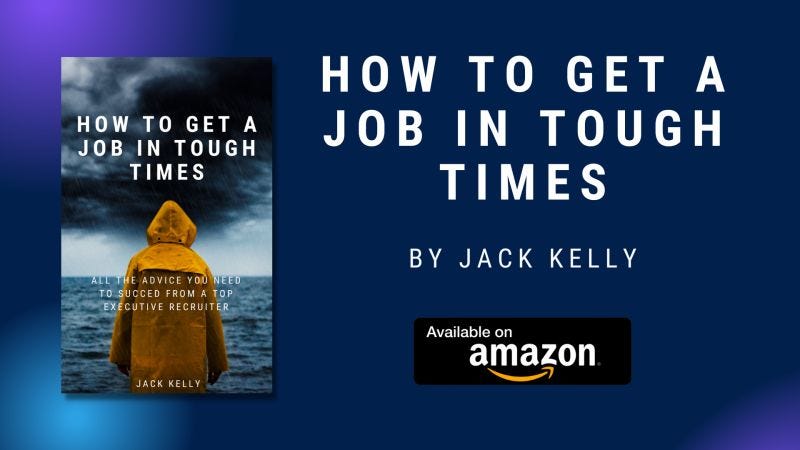You may be familiar with full-time, part-time, contract, temporary and gig job designations. However, there is a relatively new kind of role called the “fractional” worker. This refers to a work arrangement in which a person—usually a mid to senior-level executive—provides specialized skills or management services to multiple organizations on a part-time or project basis.
Due to cost cutting, remote work and the demand for flexible solutions to find top talent, this business model has gained traction and interest by both white-collar professionals and companies that possess this need.
Fractional executives provide their expertise on a limited-time basis to one or more companies at a time. For example, if an organization just lost a key senior manager and is in dire need of hiring a C-suite professional, the employer may onboard a fractional manager to step into the role until a full-time replacement is found.
These roles can be very lucrative. The average salary for a fractional job in the United States is around $108,560, according to data from ZipRecruiter.
Job Market
When the Bureau of Labor Statistics releases its widely watched report on employment Friday, it’s expected to show the economy gained 200,000 jobs, according to a survey of economists by Dow Jones Newswires and The Wall Street Journal. That would be down from 275,000 in February, but solid by historical standards—the average in the five years leading up to the pandemic was 191,000.
The Labor Department reported Tuesday that employers posted 8.76 million job vacancies in February, up modestly from 8.75 million in January and about what economists had forecast.
But the Job Openings and Labor Turnover Survey, or JOLTS, showed that layoffs ticked up to 1.7 million in February from 1.6 million in January, the highest since March 2023. The number of Americans quitting their jobs—a sign of confidence they can find better pay or working conditions elsewhere—rose modestly to 3.5 million.
Monthly job openings are down from a peak of 12.2 million in March 2022 but are still at a high level. Before 2021, they had never topped 8 million.
Stock Market
The Dow Jones Industrial Average fell for a second day, continuing Wall Street’s lackluster start to the quarter, as bond yields rose and traders lowered expectations that the Federal Reserve would cut interest rates in June.
The 30-stock Dow dropped 396.61 points, or 1%, and settled at 39,170.24. At its session low, the benchmark was down more than 500 points. The S&P 500 slid 0.72% to settle at 5,205.81. The Nasdaq Composite shed 0.95% to finish at 16,240.45. It was the worst day since March 5 for the Dow and the S&P 500.
The second quarter for stocks is off to a rough start as sticky inflation data to end last week and some strong economic data on Monday send yields higher and reduce odds the Fed will cut rates in June. Stocks came under pressure Tuesday as the 10-year Treasury yield jumped to its highest level since Nov. 28. Oil prices also surged to highs last seen five months ago.
Economy
The economy has continued to grow, and employers have been seeking new workers and holding on to the ones they already have. Although the unemployment rate rose to 3.9% in February, it’s come in below 4% for 25 straight months, the longest such streak since the 1960s.
At the same time, higher interest rates have brought inflation down. In February, consumer prices were up 3.2% from a year earlier, down from a four-decade-high, year-over-year peak of 9.1% in June 2022.
The combination of easing inflation and sturdy job growth has raised hopes the Fed is managing to pull off a “soft landing”—taming inflation without triggering a recession. The Fed stopped raising rates last July and has signaled that it plans to reverse course and cut rates three times in 2024. But it appears to be in no hurry to start, given the economy’s strength and with inflation still above the central bank’s 2% target.
How To Get A Job In Tough Times: All The Advice You Need To Succeed From A Top Executive Recruiter
There’s an old saying, “Tough times make tough people.” In this book, Jack Kelly will help guide you every step of the way in your job search to ensure that you stay strong, resilient and positive, and get that great, new job.




